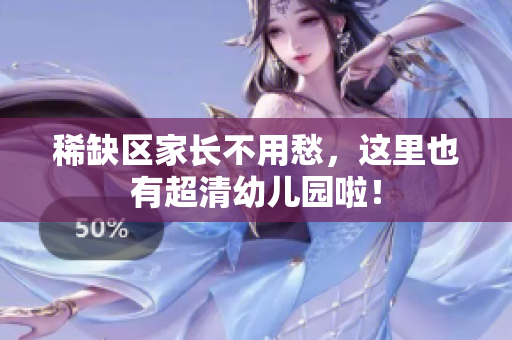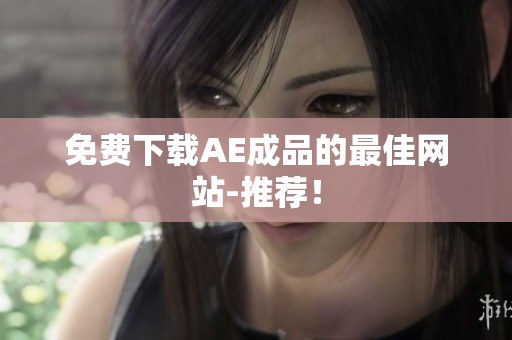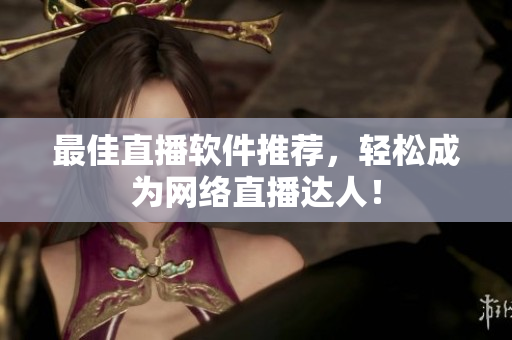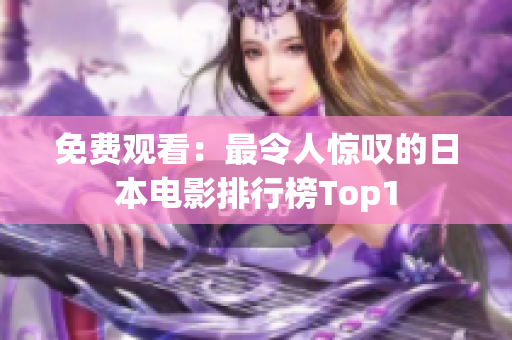English Teacher Behaving Modestly: A Reflection on Cultural Differences
Western culture has always been fascinated with the idea of the graceful, modest lady, and perhaps it is due to this fascination that we find it difficult to understand some of the customs and behaviors of other societies. For instance, in some parts of Asia, it is customary for women to dress conservatively and avoid showing too much skin. As an English teacher, I had a chance to observe such customs up close when I visited China for a cultural exchange program.
A Lesson in Modesty
One of the most interesting things I observed during my stay in China was the way the English teacher dressed. During a class observation, I noticed that my host teacher, a young woman named Guai Guai, had her skirt all the way down to her ankles, and there wasn't a hint of cleavage to be seen. Her hair was tied tightly in a bun, and she wore no makeup. Her demeanor was very professional, yet approachable.
As an American, I was not used to seeing such modest attire among teachers. In my country, teachers tend to dress more casually and express their individuality through fashion. However, witnessing Guai Guai's modest demeanor taught me that one can still be stylish and professional while upholding conservative cultural values.
Western Art and Chinese Culture
During my time in China, I also had the opportunity to explore the cultural scene. One aspect that stood out to me was the emphasis placed on traditional Chinese art and history. We visited museums and historical sites such as the Forbidden City, and it was humbling to witness the rich tapestry of Chinese culture.
At the same time, I was curious about how Western art and culture was perceived in China. I mentioned to my host teacher that I was an art enthusiast, and she introduced me to a popular local vlog by the name of Tāng Xīn Dàn Shì Jìng Shàng, featuring a young woman named Youzi Mao. The vlog, which translates to "Sugar Heart Short Videos," showcases the traditional Chinese culture and art in a modern, accessible way. I was fascinated to see how Youzi Mao blended Western art styles with traditional Chinese elements in her videos, and I felt that this exemplified the power of cultural exchange and open-mindedness in the globalized age.
The Joy of Early Childhood Education
As an English teacher, the highlight of my visit to China was the chance to work with young children. I was posted to a preschool named Nouuu, where I taught English to children between the ages of three and six. Interacting with these young learners taught me the importance of early childhood education and how it shapes the foundation of a child's future. The children were enthusiastic and curious, always eager to learn new English words and phrases. It was a joy to witness their progress, and I was humbled by the dedication of my host teacher, who was attentive to each child's needs.
Cultural Differences, Cultural Acceptance
My visit to China was a testament to the power of cultural differences and cultural acceptance. By immersing myself in the culture and customs of my host country, I was able to gain a deeper understanding of the values and beliefs that underpin Chinese society. I also saw firsthand the importance of being empathetic and respectful towards different cultures. In our interconnected world, being a good global citizen means being open-minded and accepting of different norms and values.
Overall, my trip to China was an enriching experience that taught me a lot about cultural differences and respect. Watching my host teacher and the other teachers at Nouuu behave so modestly yet still express their personality inspired me to think more deeply about how we present ourselves as educators. I was also struck by the power of art in bridging cultural gaps and building connections across borders. Finally, working with children reinforced my belief in the importance of early childhood education and the role it plays in shaping a child's future. I am grateful for the opportunity to have experienced a different culture and I look forward to continuing the learning process.









